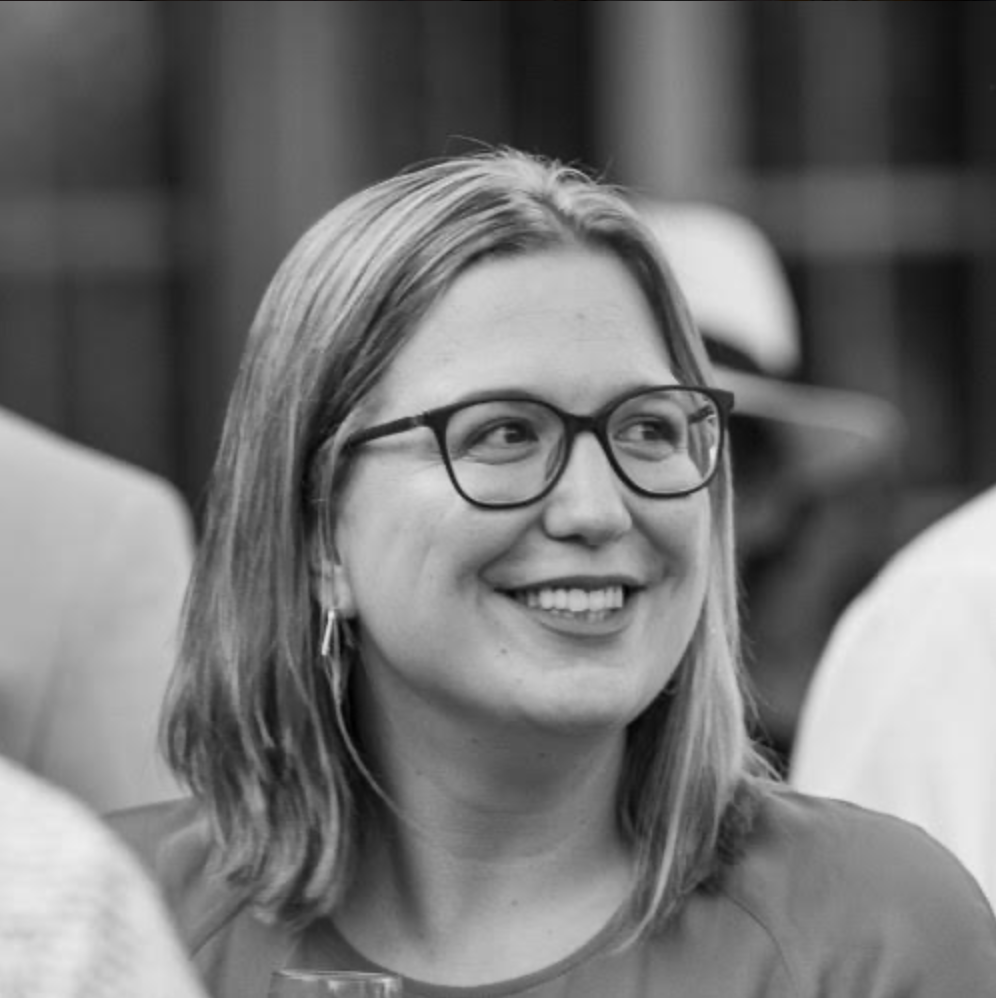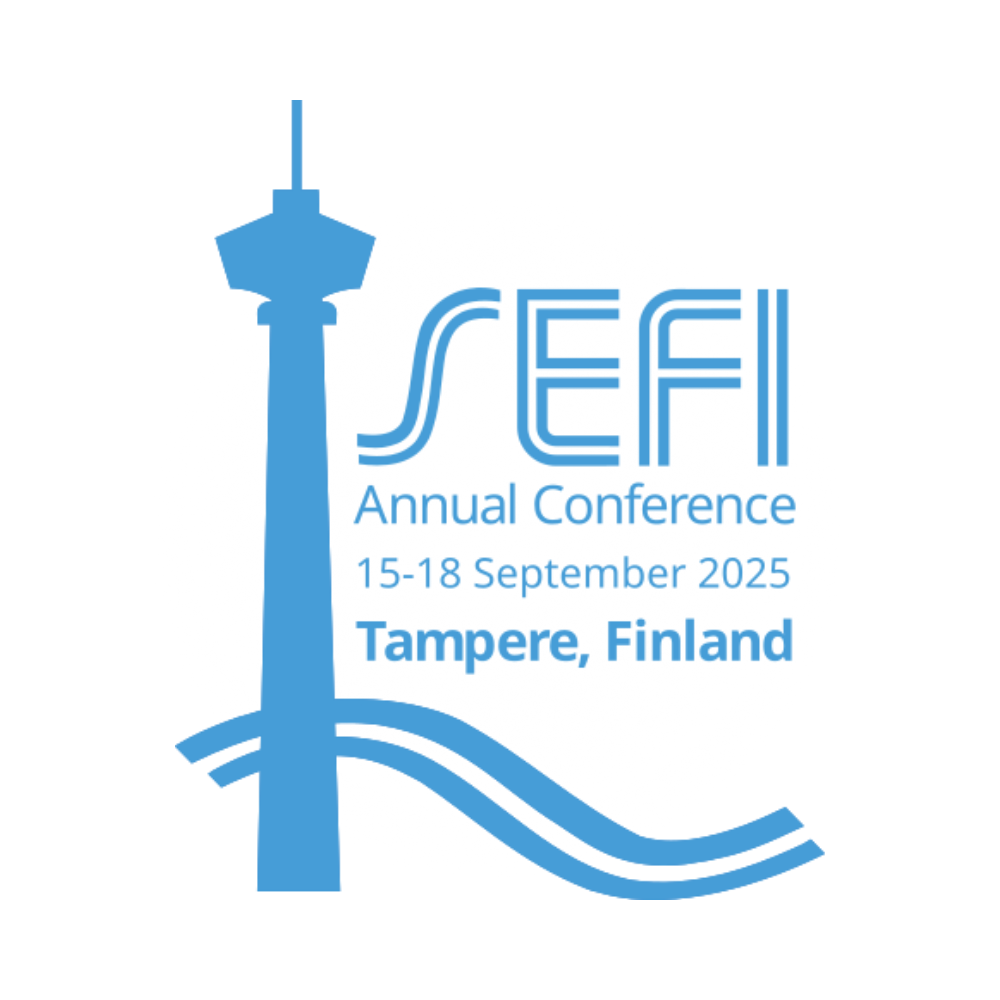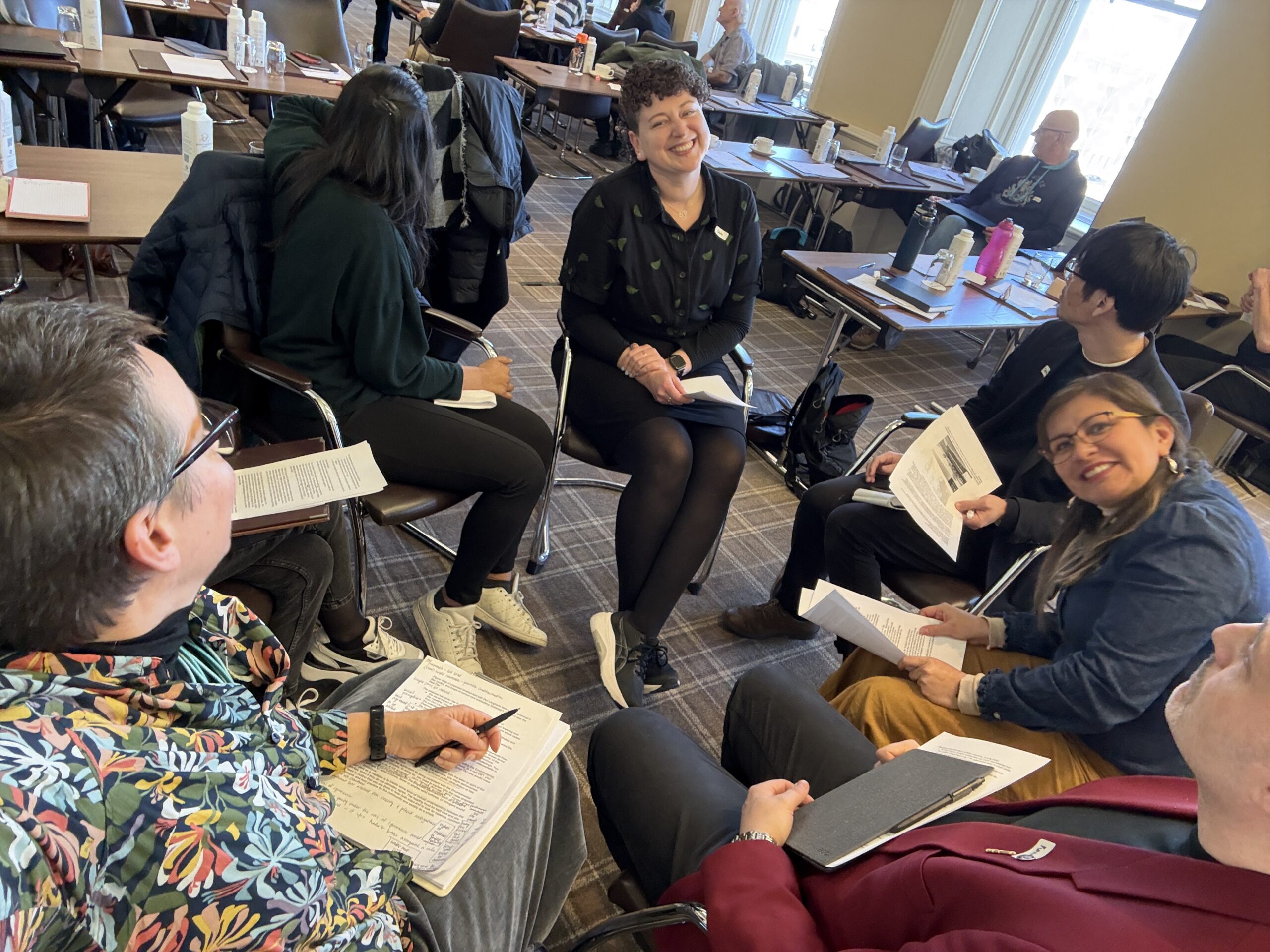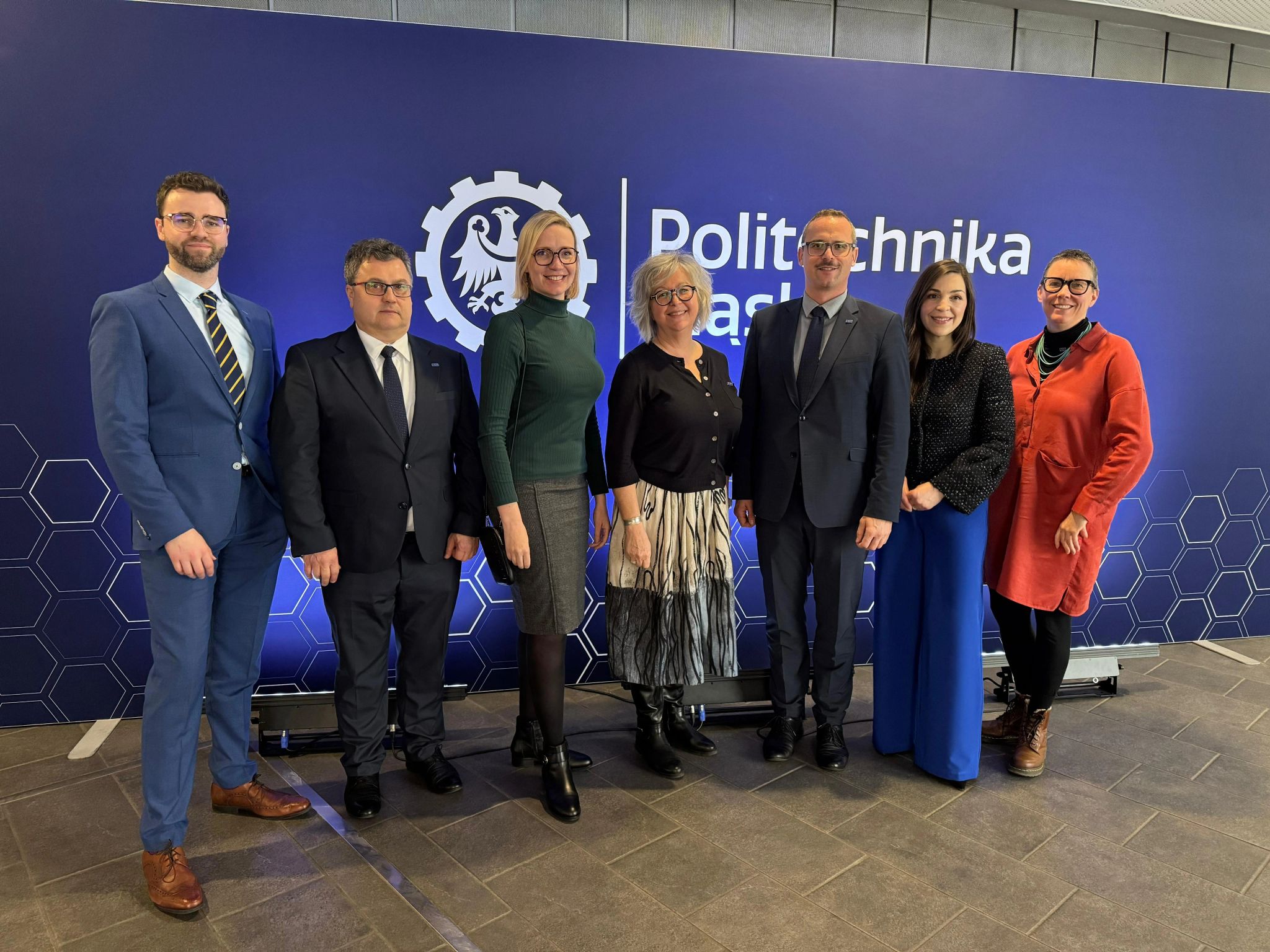We are excited to announce that registrations for the 53rd SEFI Annual Conference are now…
Lynn Van den Broeck from KU-Leuven Belgium on Lifelong learning with Neil Cooke and Natalie Wint

Changing worldviews and technological advancements mean that employees need to update their knowledge, skills, and attitudes continuously. The role of lifelong learning (LLL) in the workplace has been increasing during the last century, particularly within the field of engineering, where technology and science play a central role. Higher education (HE) curricula need to be developed in accordance with the society and workplace in which engineering students end up, and higher education institutions (HEIs) hold a responsibility to prepare engineering students for LLL in the workplace. Thus, the core function of education is no longer restricted to the transfer of field-specific knowledge, and professional skills and learning capacity are becoming increasingly more a central part of education.
In this episode, we speak to Dr. Lynn Van de Broeck, a postdoctoral researcher from the Engineering Technology Education Research Group (ETHER) in KU Leuven, who has been studying LLL as part of her role co-ordinating the European TRAINengPDP project. In this work, Lynn is able to draw upon her background in Chemical Engineering Technology, alongside her research interests in professional competencies education, educational professionalization, teaching assistant training, study guidance, effectiveness and efficiency of educational interventions, and feedback.
How is LLL defined?
Lynn explains that although accreditation boards and educational stakeholders worldwide have emphasized the importance of LLL, there is little agreement regarding what is actually meant by the term, this being made worse by the everyday use of the term as a ‘buzz’ word, both in society and within higher education literature.
Of this literature, Lynn identifies two types of publications. The first focuses on LLL from a holistic perspective. For example, Kirby et al. (2010) outlines five competencies that make up LLL: goal setting, application of knowledge and skills, self-direction and evaluation, locating information, and adaptable learning strategies. The second type of publication focuses on one specific aspect of LLL, such as information literacy or self-directed learning.
Lynn tells us that LLL literature is scarce within engineering education research (EER) but points towards the work of Cruz et al. (2020) who identified the most frequently used criteria for LLL competencies in engineering: self-reflection (17 studies), locating and scrutinizing information (16 studies), willingness, motivation, and curiosity to learn (11 studies), creating a learning plan (10 studies), and self-monitoring (6 studies). She thus concludes by saying that although there is a clear overlap between LLL competencies as defined in this engineering-specific study and general studies, both research fields lack a coherent LLL framework.
What is involved in the TRAINengPDP project?
Lynn describes the aim of the project as engaging and supporting students in their personal development process and defines the three objectives:
- engaging and motivating engineering students in their personal development process;
- motivating and training lecturers to engage in the students’ personal development process;
- increasing awareness about the competencies for LLL that are needed in engineering education & practice.
The project consortium has three academic partners: KU Leuven (Sofie Craps, Rani Dujardin, Lynn Van den Broeck), LUT Finland (Johanna Naukkarinen), and TU Dublin (Una Beagon, Aimee Byrne, and Caitriona de Poar) and several associate partners including: SEFI, Educational Development Unit, UTUPEDA Centre, Engineers Ireland, Ie-net, Academic Engineers and Architects in Finland TEK.
How are LLL interventions currently incorporated into engineering programs?
During a scoping review, the research team analyzed papers according to (1) Type and content of the intervention, (2) Duration of the intervention, (3) Target audience, (4) Used research design, (5) Effectiveness of the implemented intervention, (6) Efficiency of the intervention, and (7) the link with LLL competencies.
They found that there were four main types of intervention used almost all of which were student-centered: (1) Focus on self-regulation via (e)Portfolios, personal development plans, specific sessions, online material, (2) Reflective journals or practice (3) Student-centred teaching methods such as Problem/Project Based Learning (PBL), flipped classroom, team-based learning, networked learning, work integrated learning and (4) Use of Peer and Self-assessment. The interventions were generally short ranging from one session to two months and focused on students in the later years of a degree scheme.
Lynn describes interventions such as (e)portfolios and reflections as explicitly focusing on LLL, whereas student-centered and flipped classroom teaching approaches have an implicit focus on LLL.
What is meant by self-regulation?
Lynn explains that, based on the literature, self-regulation is a core competency of LLL. Self-regulation is a popular concept in the research area of educational psychology. She refers to the model of Zimmerman (2000) which distinguishes three action phases (1) initiating and planning a learning action (forethought), (2) learning actions taken in a narrower sense (performance/volitional control), and finally (3) a functional assessment of the learning action (self-reflection). Lynn gives an example of this by explaining the iterative process used during mathematical modules, whereby students first define where they have problems with, then learn more about topics before reflecting on what they learnt and whether they need further support.
How can this information be used to support program design?
Lynn explains how TU Dublin led on work to map out the extent to which LLL competencies are currently included within one Bachelor program and one Master program from each of the three partner universities involved in the project. She describes how two frameworks were used as part of the mapping exercise. The first was a large-scale study by the ASEE, which categorizes competencies into engineering competencies, interpersonal competencies, and intrapersonal competencies. The second was the LLL competencies identified by Cruz et al. (2019), which include self-reflection, locating and scrutinizing information, willingness, motivation, curiosity to learn, creating a learning plan, and self-monitoring. They then mapped the learning outcomes from modules/courses in each of the six engineering programs. Lynn explains that the findings indicated that there are very few learning outcomes which explicitly addressed LLL competencies and that the focus on LLL competencies changed between Bachelor and Master programs and the year of the program. The findings allowed the team to differentiate between the programs in each university and to highlight priority areas for development in each.
Determining the effectiveness of LLL interventions
Lynn explains that measuring the effectiveness of interventions is crucial to make evidence-based conclusions and to make the informed-based decision, for example, whether to implement an intervention for the whole population. She refers to a theoretical framework developed by Van Yperen, Veerman, and Bijl (2017) which consists of five levels of effectiveness, with a corresponding level of evidence, and the methods that can be used to measure the effectiveness.
However, Lynn reminds us that measuring the effectiveness of educational interventions is not easy as there are many confounding and uncertain variables, and effectiveness can take many forms. She explains that as an educator, she is happy if students perceive an intervention as useful. She reminds us that not every intervention should aim to improve academic achievement or decrease dropout rates, explaining that the TRAINeng project will focus on students’ self-reported self-regulation and general LLL competencies.
How do we assess LLL?
Lynn explains that current assessment practices rely heavily on self-report and hence self-awareness which is, itself, considered to be a component of LLL. The LLL scale of Kirby et al. (2010) is an example of an instrument requiring respondents to describe their LLL approaches. This generic scale consists of 14 items and is based on the constructs of Knapper and Cropley (2000).
What’s next for TRAINeng?
Lynn tells us that the project will involve the development of a model that takes context variables such as: class size, year of the study program, and required efforts into account. The next step in TRAINeng is thus developing and piloting various interventions and co-creating a toolkit for lecturers (in which LUT University will take the lead), including materials and guidance for selecting the most suitable intervention.
What can we do as educators/HEIs? Top takeaways
Lynn advises us to make LLL competencies explicit within learning outcomes and during the lectures, projects, lab sessions for the students. She also recommends doing a heat map for your own program and getting in touch with the team for support. She recommends considering the four types of intervention identified, both in terms of the effort required of students and lecturers and what will work best for your current course.
Resources
The project web page can be accessed using the link below
https://iiw.kuleuven.be/english/trainengpdp
To access the scoping review Lynn refers to see below:
For the study conducted by the ASEE see below
https://www.asee.org/publications/ASEE-Publications/ASEE-Reports
For other work mentioned, see below:
Cruz, M., Saunders-Smits, G. N., and Groen, P. (2019): Evaluation of competency methods in engineering education: a systematic review, European
Journal of Engineering Education, DOI: 10.1080/03043797.2019.1671810
https://www.tandfonline.com/doi/full/10.1080/03043797.2019.1671810
Kirby, J., Knapper, C., Lamon, P., and Egnatoff, W. (2010). Development of a scale to measure lifelong learning. International Journal of Lifelong Education. 29. 291-302. 10.1080/02601371003700584.
van Yperen, T., Bijl, B., & Veerman, J. W. (2017). Instrumenten voor outcomemeting. In Zicht op Effectiviteit : Handboek resultaatgerichte ontwikkeling interventies in de jeugdsector (2 (fully revised) ed., pp. 357-374). Lemniscaat.
Zimmerman, B. J. (2000). Attaining self-regulation: A social cognitive perspective. In M. Boekaerts, P. R. Pintrich, & M. Zeidner (Eds.), Handbook of self-regulation (pp. 13–39). Academic Press. https://doi.org/10.1016/B978-012109890-2/50031-7


